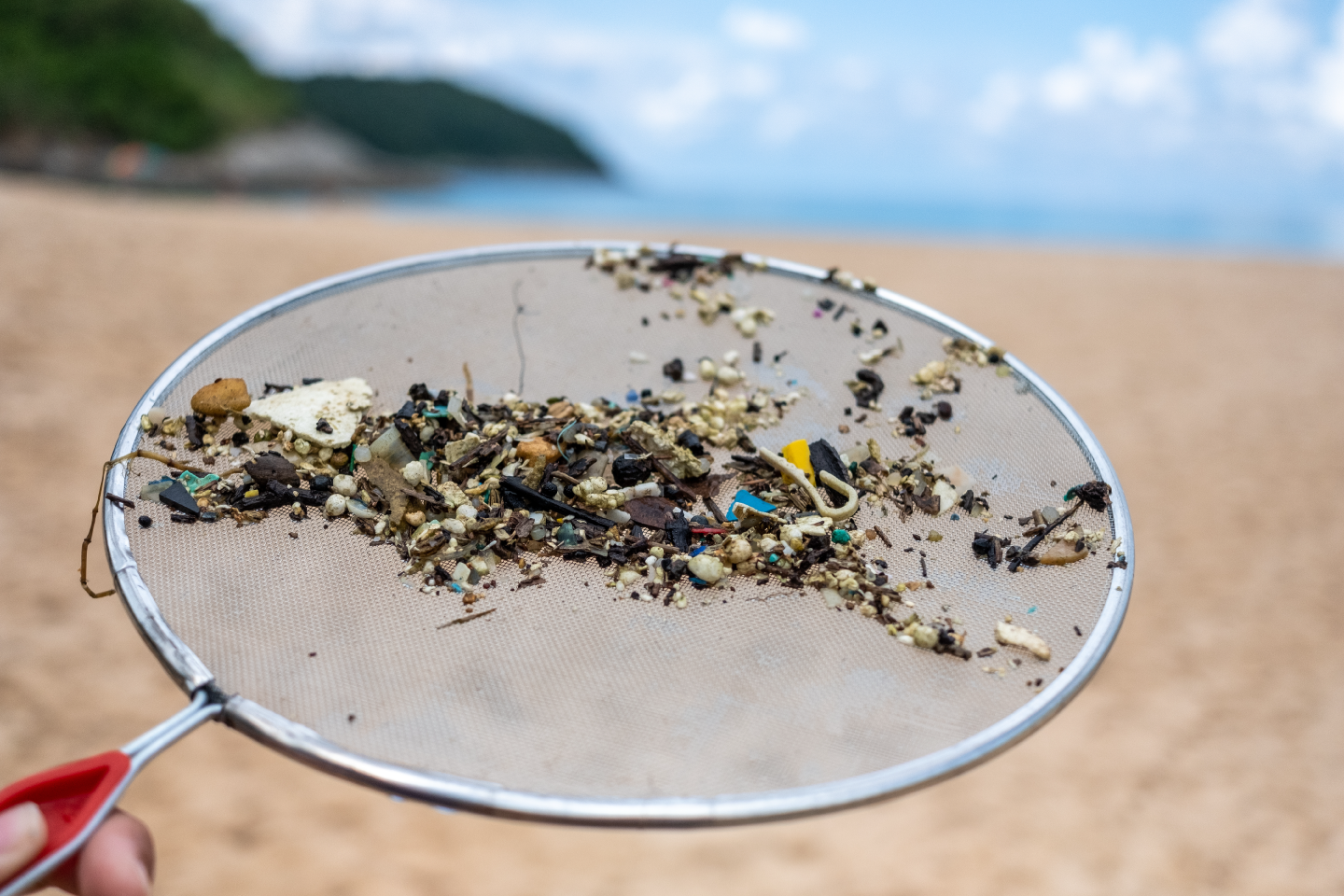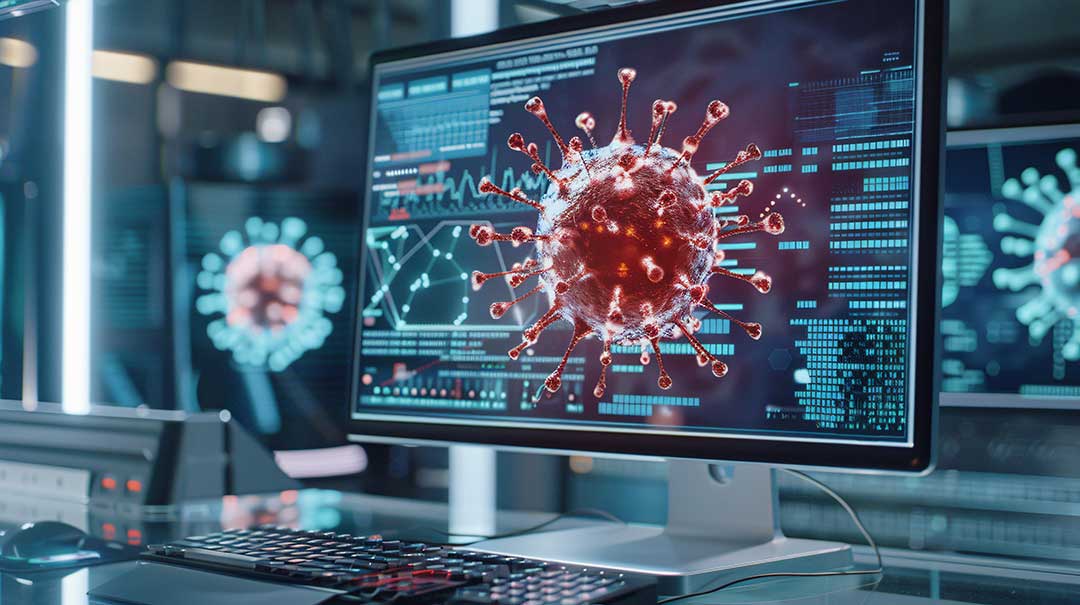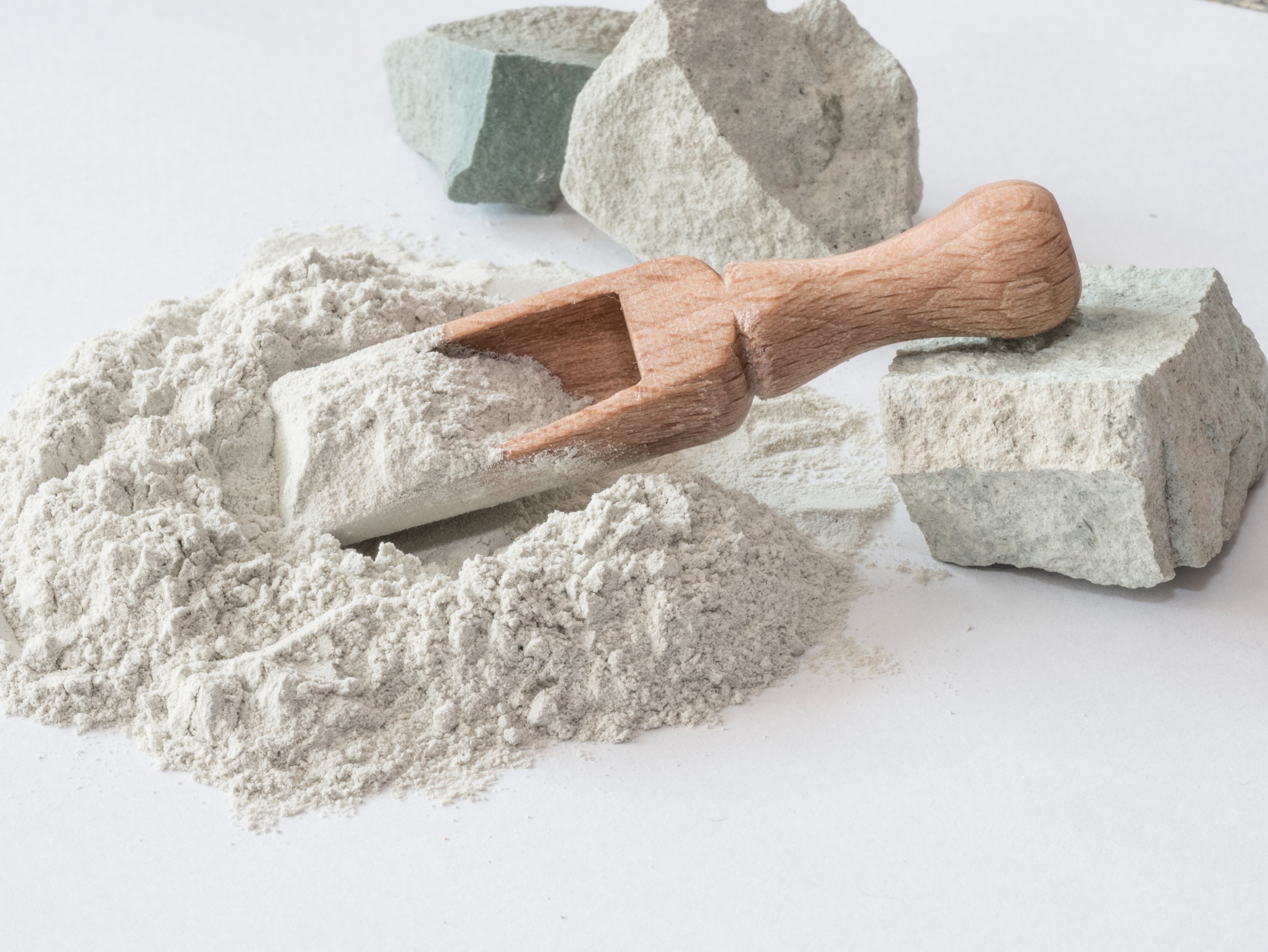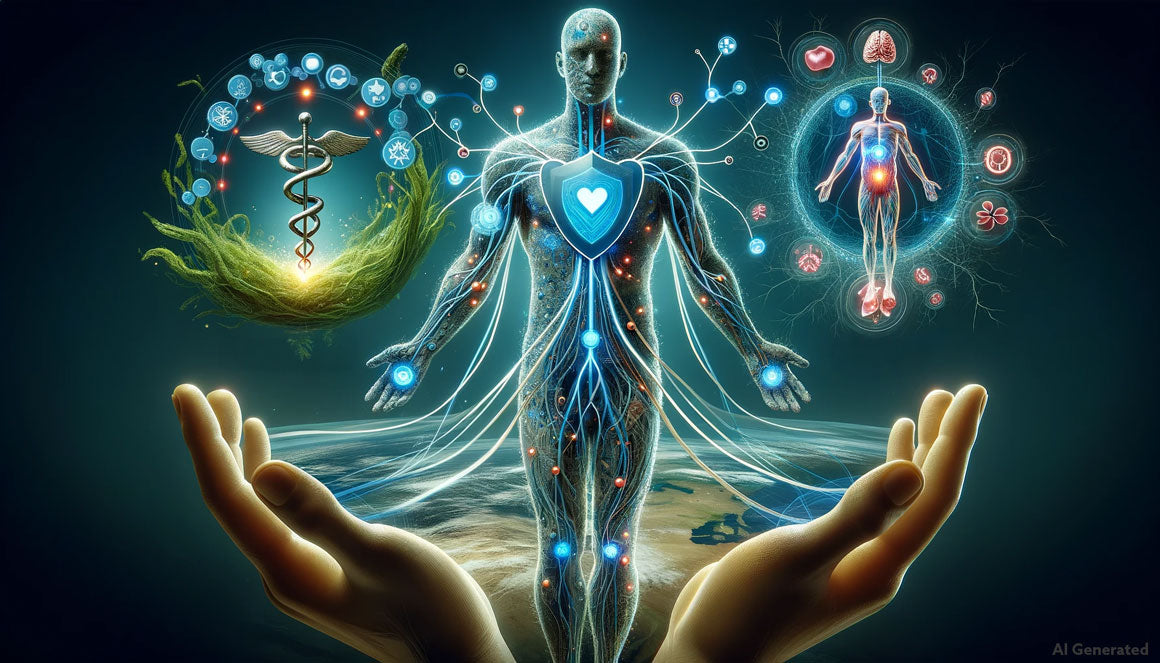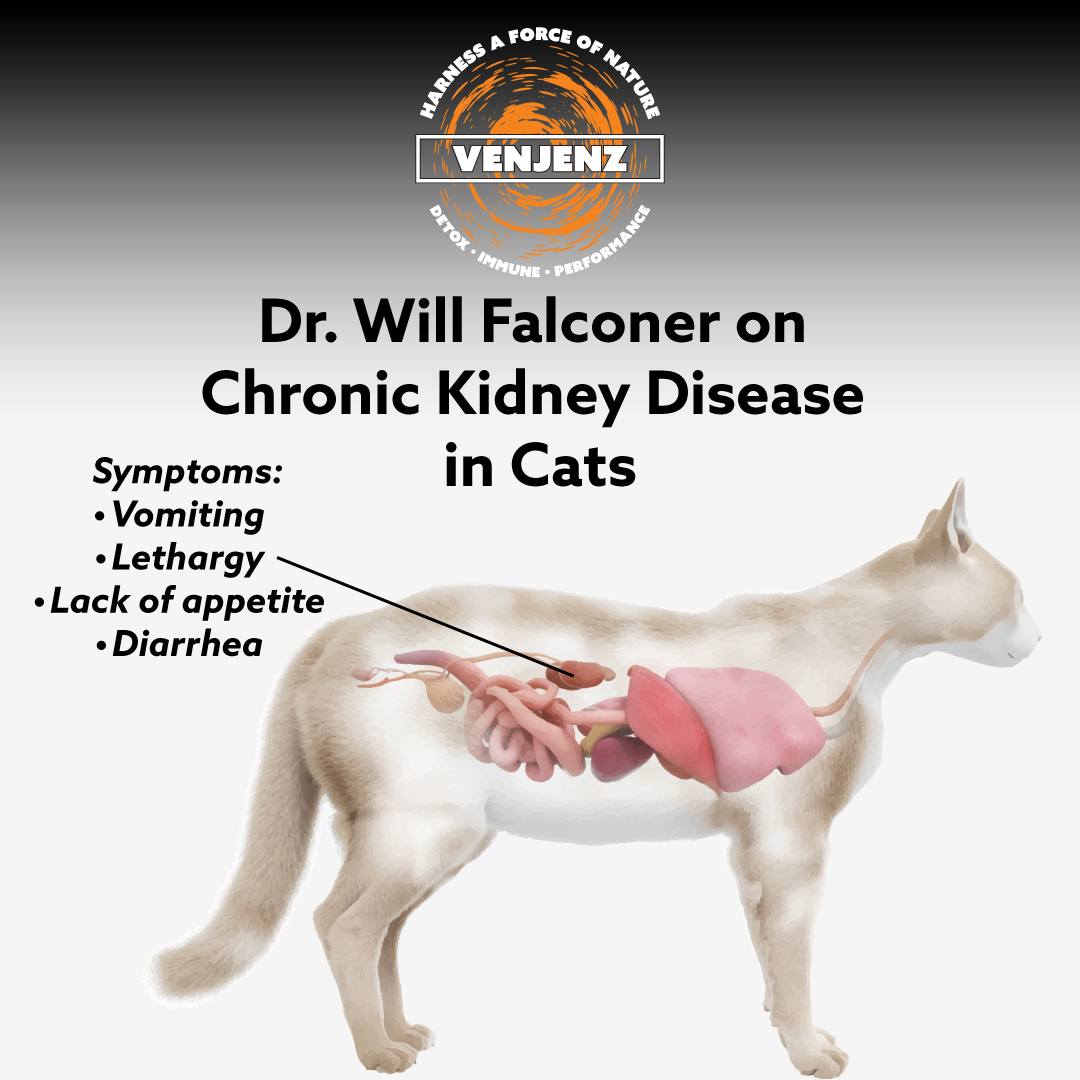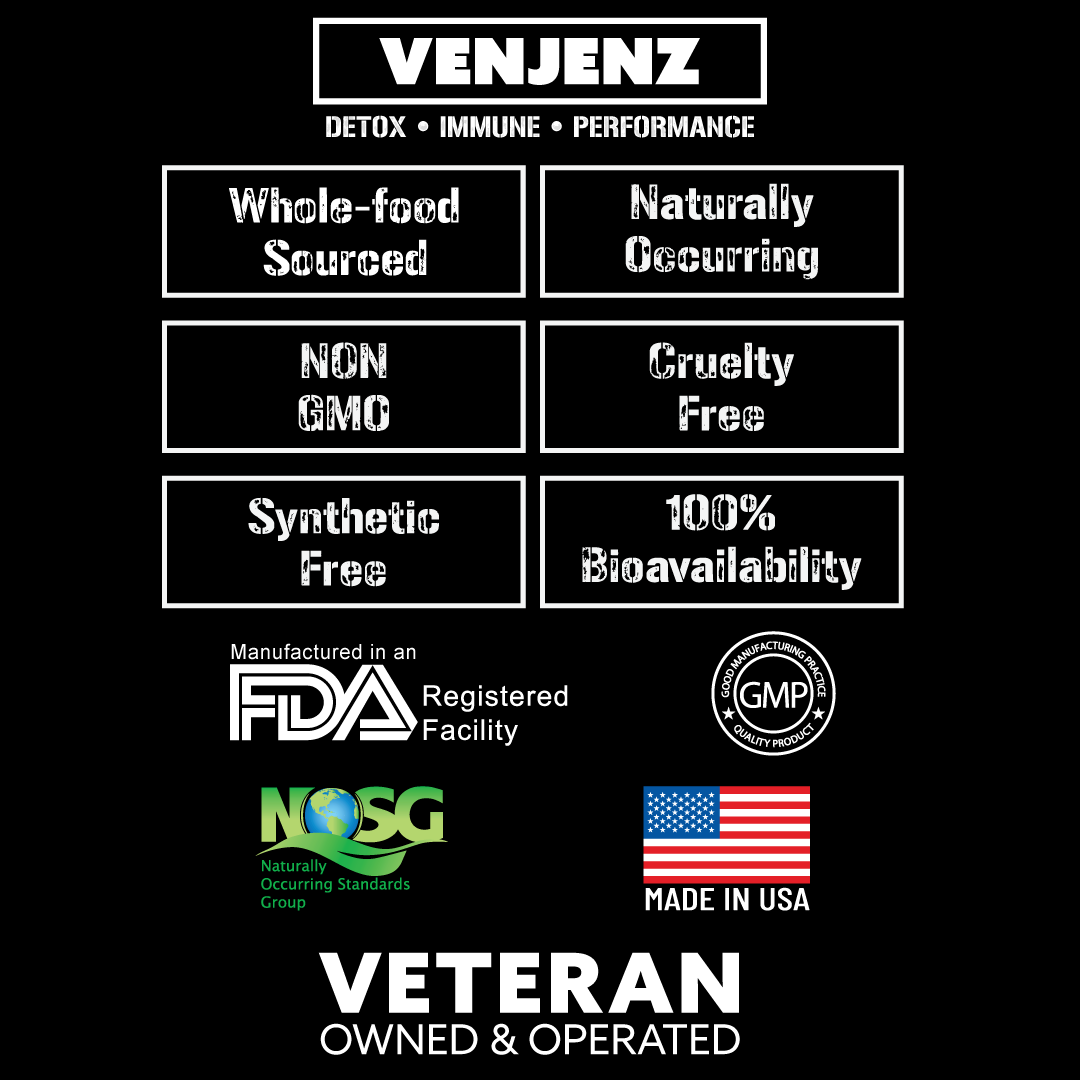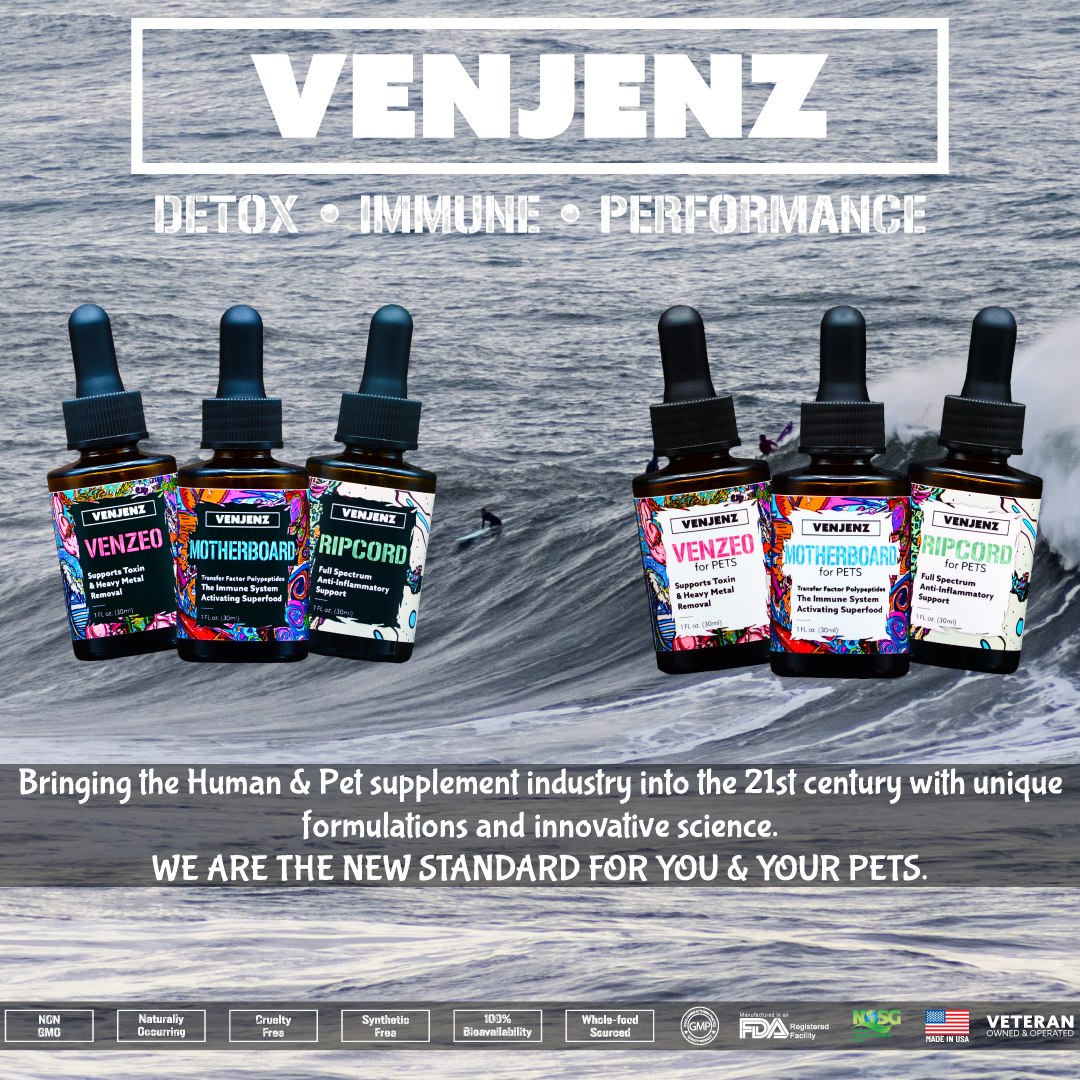In recent years, the term "microplastics" has become synonymous with environmental concern but it goes even further because they’re now traced to almost every aspect of our lives! Microplastics, those insidious minuscule plastic particles measuring less than 5mm, have stealthily infiltrated every corner of our environment. They lurk in our oceans, rivers, and even in the most commonplace items we handle daily—sneaking into our water sources, coating the surfaces of pet bowls, lining our water containers, in our water bottles, hygiene products, food, candy and even adorning the clothes we wear. This pervasive threat isn't just an environmental red alert; it's a pressing health crisis waiting to unfold, raising alarming concerns about the safety of what we consume and the very air we breathe because they can impact our endocrine system, reproductive system, immune system, and cognition leading to digestive disorders, cancers and breathing problems for you, your children and your pets!
Microplastics contain additives like Bisphenol A (BPA) and Bisphenol S (BPS), which are known endocrine disruptors. These substances can mimic hormones in the body, potentially interfering with the endocrine system’s delicate balance, impacting hormone levels, and leading to hormonal disruptions as well as damage to reproductive organs.
Microplastics can be ingested, inhaled, and even cross the blood-brain barrier, a highly selective barrier that shields the brain from harmful substances. Once inside the brain, these particles are shown to cause direct physical damage or disrupt neural processes. Fish and marine animals often mistake these tiny fragments for food, leading to ingestion. This not only impacts the marine food chain but also affects humans who consume seafood, introducing microplastics into our bodies.
Surfers and microplastics
The ocean is a reservoir for microplastics due to pollution, degradation of larger plastic items, and the breakdown of synthetic materials. Surfers, in particular, might come into direct contact with microplastics through skin contact or accidental ingestion of seawater while surfing. Additionally, some studies have shown that the agitation caused by waves and the physical activity involved in surfing can increase the potential for contact with microplastics present in the water.
While minimizing plastic usage and mitigating pollution in oceans remains crucial to reducing the presence of microplastics, adhering to sustainable practices, supporting initiatives to clean up coastal areas, and advocating for reduced plastic usage can help mitigate the presence of microplastics in marine environments.
Clothing with microplastics
Several synthetic fabrics, particularly those made from polyester, nylon, acrylic, polyester and other petroleum-based materials, are known to shed microplastic fibers during regular use and washing. These tiny fibers are released into the water systems through laundry runoff and ultimately end up in oceans and waterways.
Polyester, nylon, and acrylic are the most widely used synthetic fabrics, and are major contributors to microplastic pollution. Clothing items like fleece jackets, sportswear, yoga pants, and various forms of activewear commonly contain polyester and can shed microfibers during washing. Additionally, these same toxins can penetrate through the skin to disrupt the balance of the endocrine system thus impacting hormone levels leading to damage in organs & other crucial systems of the body. (Think about the children and teenagers wearing this “moisture-wicking” fabric).
Hygiene and Cosmetics
Microbeads, tiny plastic particles used as exfoliants are commonly found in products such as facial scrubs, cosmetics, lotions and even toothpaste. In hygiene products, regulations have been put in place in various regions to phase out or ban the use of microplastics in personal care and cosmetic products due to their detrimental environmental impact. Consumers can choose products labeled as microplastic-free or opt for natural alternatives to reduce their contribution to microplastic pollution.
Pet Items:
Bioaccumulation of microplastics in pets affect organs the same way they do in humans, specifically in the brain and liver. While a direct link between microplastics and cancers are an area of “ongoing research” (read: hidden), current studies suggest certain chemicals including phthalates, BPA’s, dyes, flame retardants and additives present in plastics pose a carcinogenic risk.
Plastic bowls, pet toys, pet beds, dog treats and hygiene items like toothpaste can contain and shed microplastics. If your pet uses a plastic bowl to eat or drink, BE AWARE of the risk of ORAL cancer. Learn to read labels. Look for pet products MADE IN THE USA.
Additionally, the long-term health implications of microplastics being studied:
- Oxidative Stress and Neuronal Disorders: Research has shown that exposure to micro- and nano plastics can induce oxidative stress, which could potentially result in cellular damage and increase vulnerability to developing neuronal disorders. This suggests that microplastics may have a neurotoxic effect, potentially disrupting normal brain function.
- Ingestion through Drinking Water: A study by Assistant Professor Jaime Ross and her lab focused on the impact of short-term microplastics exposure through drinking water. While the specific findings of this study were not detailed in the source, it underscores the importance of considering common exposure routes such as water consumption.
- Carrier of Contaminants: Micro- and nano plastics can function as carriers for various chemical contaminants. These include metals, persistent organic pollutants (POPs), antibiotics, and pathogenic micro-organisms. The presence of these contaminants, carried into the brain by microplastics, could potentially lead to various adverse health effects.
- Risk of Inflammation and Neurodegenerative Diseases: It has been suggested that plastic particles in the brain could increase the risk of inflammation and neurological disorders. There is also concern that these particles could contribute to the development of neurodegenerative diseases like Alzheimer's and Parkinson's.
- Accumulation and Potential for Dementia-like Conditions: Another study found that microplastics accumulated in multiple tissues, including the brain. This accumulation might contribute to conditions like dementia, indicating a potential risk for serious health consequences, such as Alzheimer’s disease.
Enter VenZeo, which boasts naturally occurring cleaned and filtered zeolite alleviating any concerns of contamination with heavy metals, or other toxins. Furthermore, naturally occurring zeolite maintains its natural structure, aka sacred geometry, unlike the lab grown synthetic zeolite (yes that’s a thing) used by our competitors.
Zeolites in powder and capsules do not get properly or thoroughly digested, do not cross the blood-brain barrier, and ultimately fail to deliver the results that you deserve when spending your hard-earned money. Upgrade to the 21st century solution we offer at Venjenz. Zeolites, like those found in our VenZeo product, with their honeycomb-like structure, possess an innate ability to capture and bind contaminants, making them a promising solution to tackle microplastics. In VenZeo, the zeolite is micronized, allowing for instant absorption, 100% bioavailability, and the ability to cross the blood-brain barrier to remove any toxins that have accumulated in areas other zeolite cannot reach.
Zeolite's porous nature can trap and immobilize microplastics, preventing them from further contaminating water bodies or being ingested by marine life. When applied in water treatment facilities, zeolites can act as a natural filter, reducing the microplastic content in treated water and ensuring safer water for consumption.
For everyday consumers concerned about exposure to microplastics, adding VenZeo to you or your pet’s daily repertoire can mitigate damage and reduce the microplastic content in your body, specifically organs like the brain and liver where it can accumulate. In summary, the fight against microplastics is multifaceted, and while reducing plastic usage remains paramount, VenZeo offers you a solution that is thorough and safe. Detox is more than a supplement, it’s a lifestyle, make VenZeo a part of yours.
#GetVenjenz
Article Sources:
"Microplastics in the Environment: An Overview," Journal of Environmental Science and Technology.
"Zeolite: Nature's Answer to Microplastic Pollution," Earth Science Reviews.
"Water Treatment Solutions: The Role of Zeolite," Water Quality Research Journal.
"Microplastics in Marine Ecosystems: A Growing Concern," Marine Biology Reports.
"Natural Solutions to Microplastic Pollution: The Potential of Minerals," Sustainable Materials and Technologies.
https://ryaninstitute.uri.edu/microplastics/#:~:text=A%20new%20study%20investigates%20the,%2F%20Beau%20Jones

